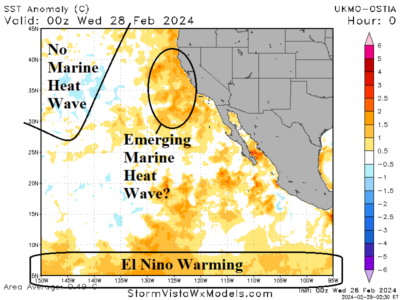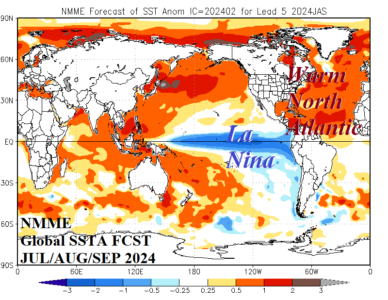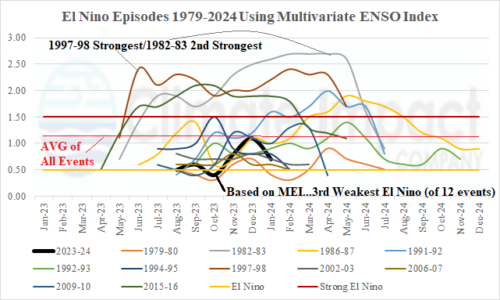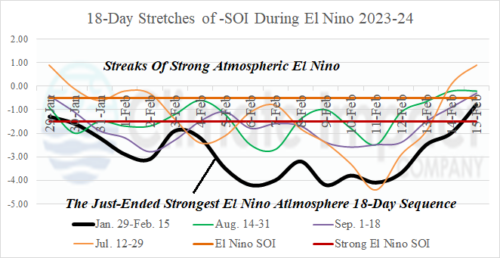03/01/2024, 4:59 am EST
An optimum climate normal is generated by the persistence of the influence of the Northeast Pacific marine heat wave and North Atlantic warm hole for North America and Europe climate patterns. A review is offered which includes, for the first time in 10+ years, no Northeast Pacific MHW.
![Climate-Impact-Company-logo-sm[1]](https://climateimpactcompany.com/wp-content/uploads/2023/08/Climate-Impact-Company-logo-sm1.png)



